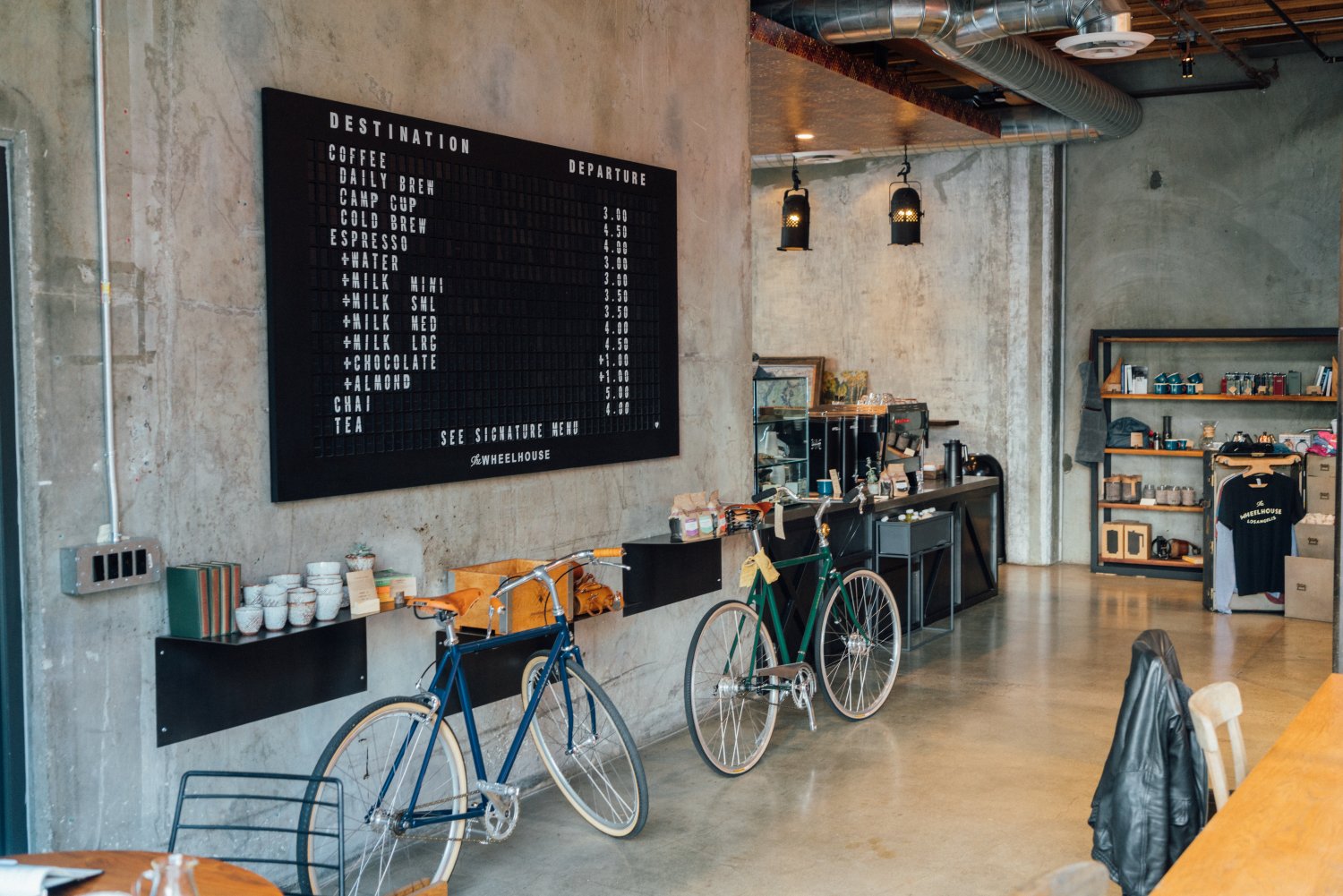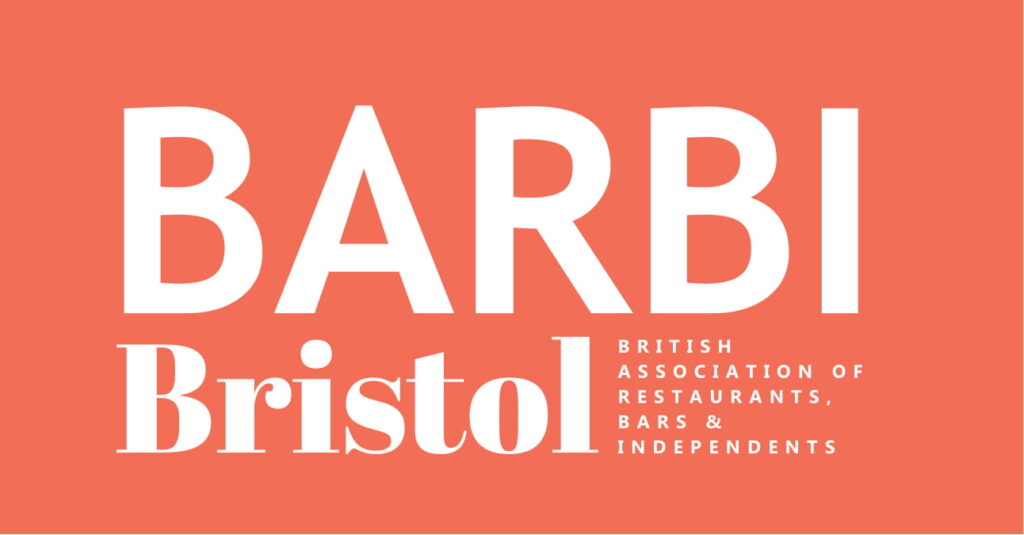Sustainably conscious restaurants are always looking for new ways to stay on top of their environmental impact and carbon footprint. With energy bills increasing and the cost of ingredients spiralling, restaurants need to be mindful of their energy usage and food waste. Yet energy usage and food waste are key elements of restaurant sustainability. Minimising a restaurant’s expenditure will help both finances and sustainability. So how can restaurant businesses be more sustainable and mindful?
Education is the first step to enacting change, hence investigating your usage is the best may to make effective adjustments.

How to find out my carbon footprint?
To help businesses understand their carbon footprint, the UK Business Climate Hub has launched a free carbon calculator.
A government supported endeavour by the Department of Energy Security and Net Zero, the SME Climate Hub energy networks and business organisations, the Business Climate Hub helps businesses take meaningful action.
The Carbon Calculator and tools from SME Climate Hub offers businesses and restaurants the capability to measure track and report and their emissions. This will inevitably allow businesses to remain conscious of their spend and ultimately save money.
How does a carbon cost calculator work?
The calculator analyses the most comprehensive information about your emissions and how you benchmark against other companies your size. The calculator will ask for a plethora of information, including:
- The time period you would like to calculate emissions for.
- How many employees you employ.
- Revenue.
- Owned or Leased vehicles.
- Litres of fuel expended.
- Machinery use.
- The size of your premises.
- All your expenses within the time period.
The carbon calculator will then assess how large your carbon footprint is by analysing on three fronts:
Direct emissions –
Direct emissions from the combustion of fuel in assets that a company operates, such as fuel emissions from company-owned cars, diesel generators, gas boilers and air-conditioning leaks.
Indirect emissions –
Indirect emissions from the generation of energy purchased from a utility provider, such as heating, cooling, steam, and electricity.
Supply chain emissions –
All indirect greenhouse gas emissions that do not fall under scope 2 – upstream and downstream. This calculator includes upstream emissions from purchased goods and services, capital goods, upstream transport and distribution, and business travel, calculated from your expenses.
What is the benchmark CO2 emissions and carbon footprint of restaurants in the UK
The carbon cost calculator will also reveal where your company sits against other companies in your sector.
We analysed restaurants in the UK and the calculator revealed the benchmark sits at 1020 tonnes of CO2e (carbon dioxide equivalent) annually. This is the CO2e measurement forecasted for restaurant businesses with an annual revenue of £10 million.
When broken down by scope, the majority of emissions came from the supply chain. Directo and indirect emissions fell far short of this supply chain emission hotspot.

How restaurants and hospitality businesses can turn this carbon footprint estimate into action
Once an education and understanding has been received, the next steps are action and change.
Understanding your company’s emissions is an important step in your journey to Net Zero. At the SME Climate Hub, businesses can make a public commitment to Net Zero – able to share online for consumers – access tangible tips for reducing your emissions and get recognised for being a climate leader.
Studies show 85% of consumers are more likely to buy from a business with a reputation for sustainability, meaning going green can help grow the economy.
For more tips on how to reduce your business’s emission footprint, see NDML’s articles:
How To Reduce Your Business’s Carbon Footprint
The NTIA have provided a short list of measures restaurants can take to start making change:
- Switching to EVs can not only cut running costs but also lower servicing and maintenance costs by around 40% compared to petrol or diesel cars.
- With up to half of companies’ overall electricity bill coming from lighting, making changes such as switching to LED bulbs can help shave up to 40% off bills.
- Giving drivers fuel efficiency training can help save companies an average of 15% on fuel use and carbon emissions in transporting goods.
Business and industry accounts for 25% of the UK’s emissions, with the 5.5 million small and medium sized businesses (SMEs) accounting for a large portion. GOV.UK research shows that 90% of these SMEs are keen to tackle climate change, but find it difficult to know how or where to start. Education is key to finding the right tailored solution for your business to reduce their carbon footprint – and the carbon cost calculator is a great place to start.







